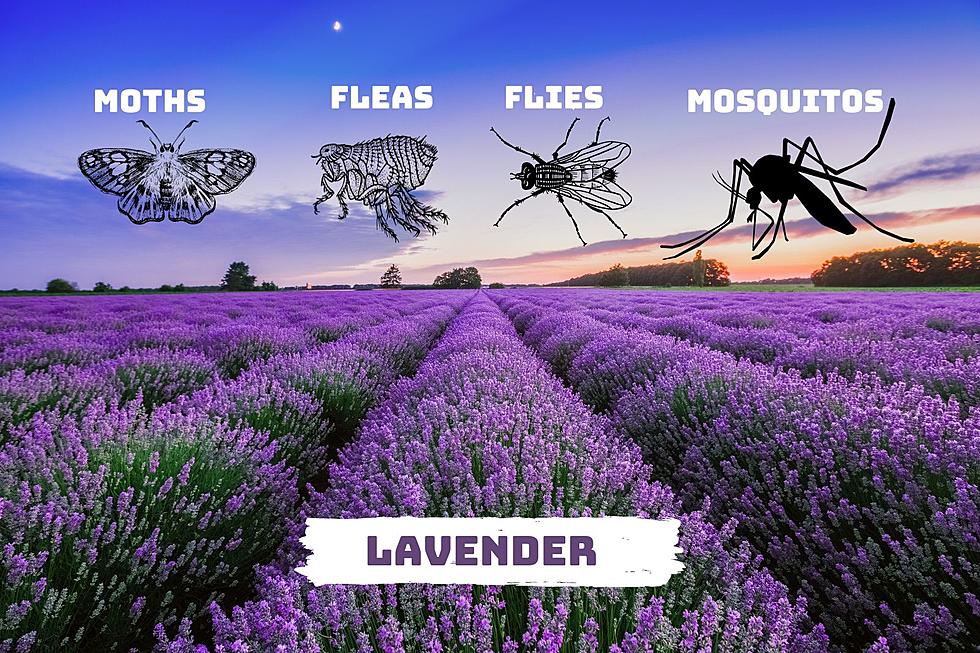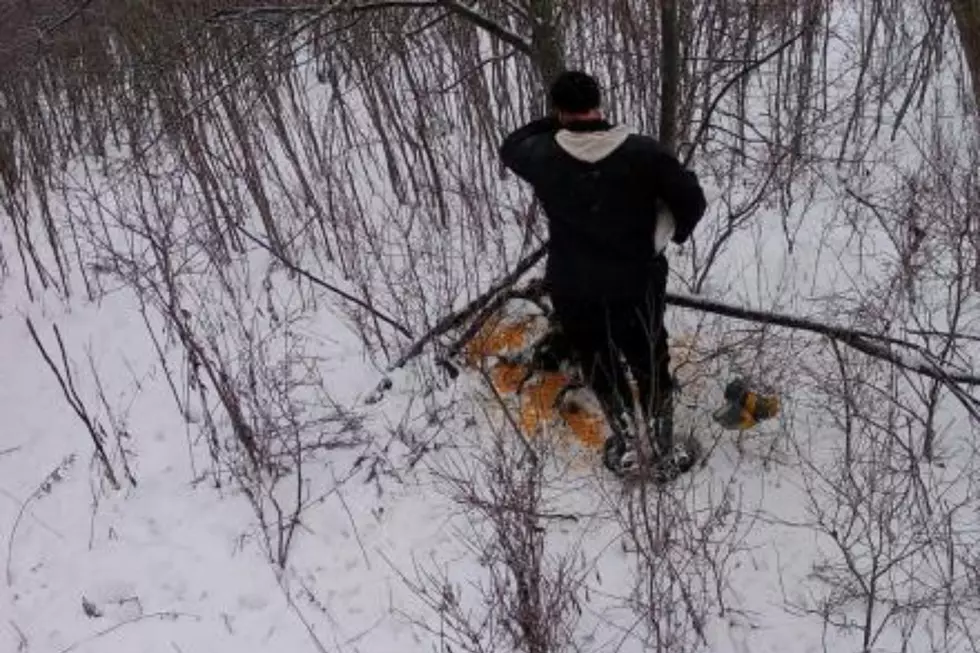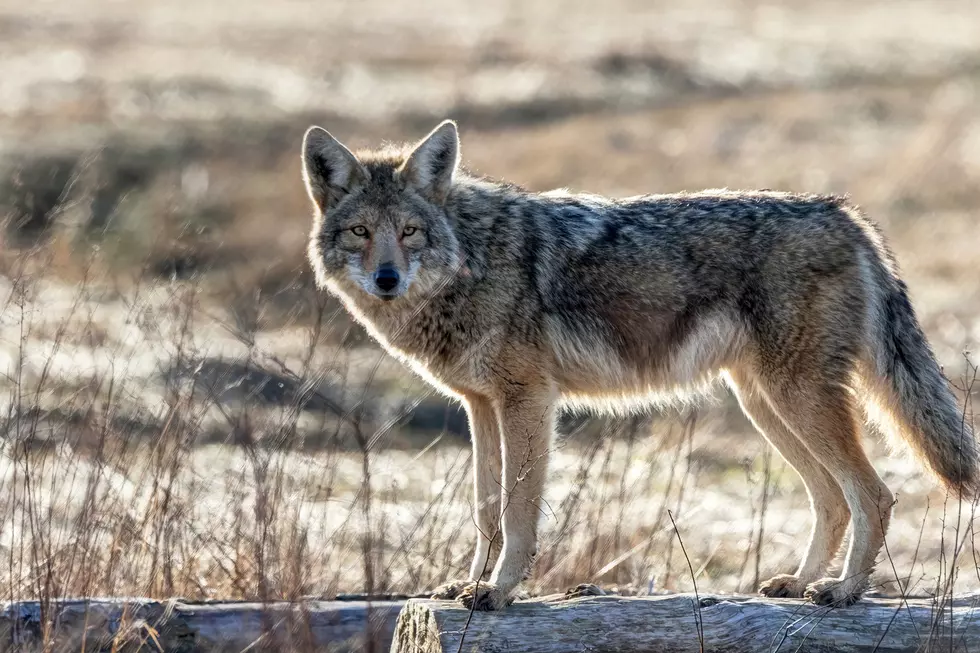
The Key to Avoiding Carbon Monoxide Poisoning
Snow, sleet, freezing rain and high winds spell power outages in CNY. When seeking alternative means of keeping warm, there is one key to avoid carbon monoxide poisoning. Mary Wrege with Cornell Cooperative Extension has the facts.
Carbon Monoxide is produced whenever carbon-based fuels such as diesel fuel, gasoline, natural gas, heating oil, wood, or other similar products are burned. The danger not only exists in homes with natural-gas powered furnaces, water heaters or stoves, but also in sheds, garages barns or shops where work is being performed with internal combustion engines or being heated with fuel-powered heating systems.
Bill Field, Purdue Extension safety specialist, was quoted recently: “Knowing the signs and symptoms of carbon monoxide poisoning is one way to protect yourself and your family or employees…Many types of farm vehicles and equipment are fueled by gas or oil and in the winter, some strategies used to keep warm can lead to unsafe levels of exposure.”
The most common source of accidental carbon monoxide exposure on farms is running tractors or other vehicles in shops or garages with the doors closed, which keeps the carbon monoxide in the exhaust fumes from escaping, said Field. Some older vehicles can leak exhaust backward into the passenger cab and gas- or oil-fueled equipment. High-pressure washers and heaters used in livestock buildings can also pose a risk if used without sufficient ventilation.
Because it is colorless and odorless, it is impossible to detect without instruments. Carbon monoxide is often called the silent killer because it gives no clear warning to its victims. Symptoms of CO poisoning are similar to cold, flu, and allergy symptoms. Low levels of CO poisoning can result in headaches, lethargy, weakness, nausea, and muscle aches. · Higher levels can cause paralysis, impaired judgment, coma, and death if left untreated.
So whats the one key to avoiding it? Ventilation, plus familiarizing yourself with the symptoms. You can get more tips on avoiding carbon monoxide poisoning in this Ag Safety Week brochure or in this press release from Purdue University.
SOURCE:Cornell Cooperative Extension - Mary Wrege
More From Big Frog 104









